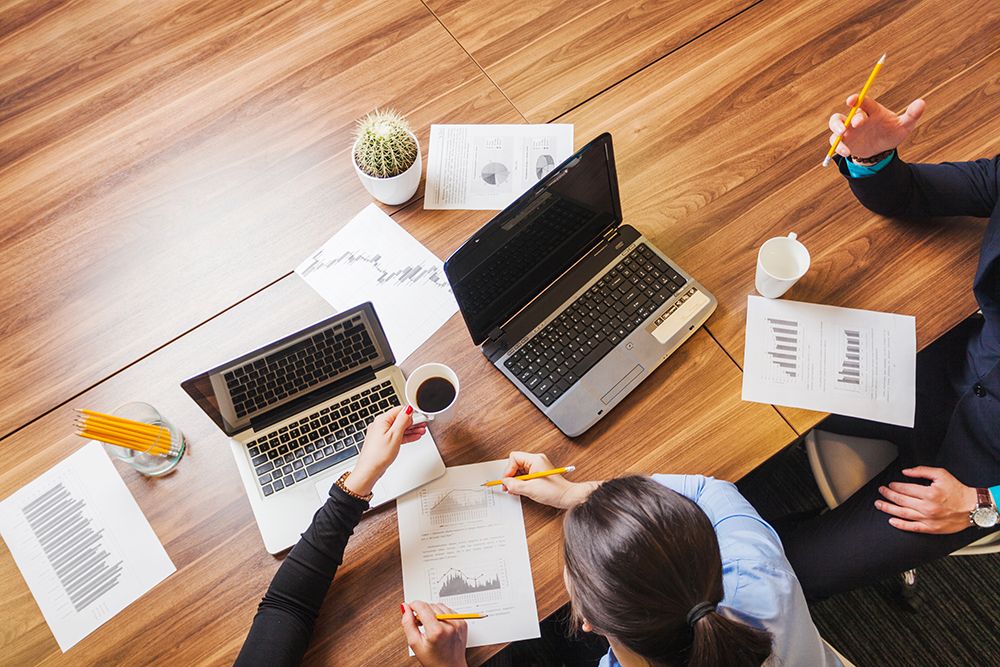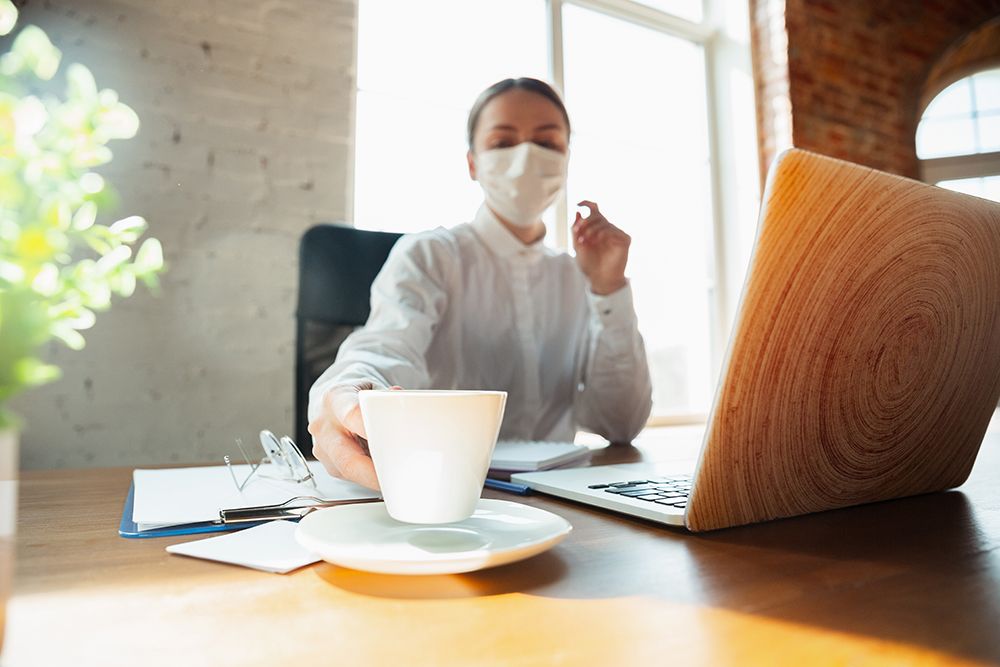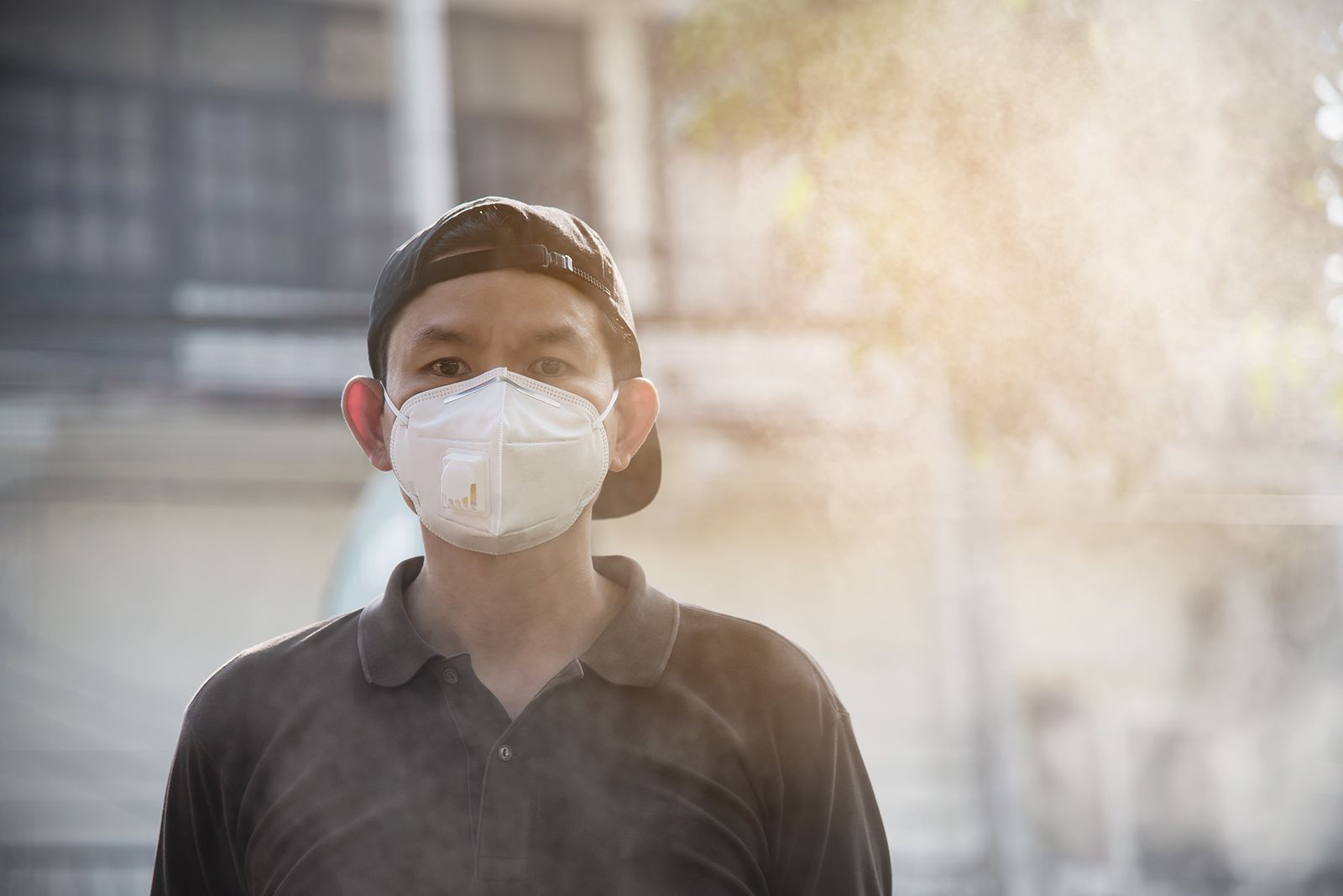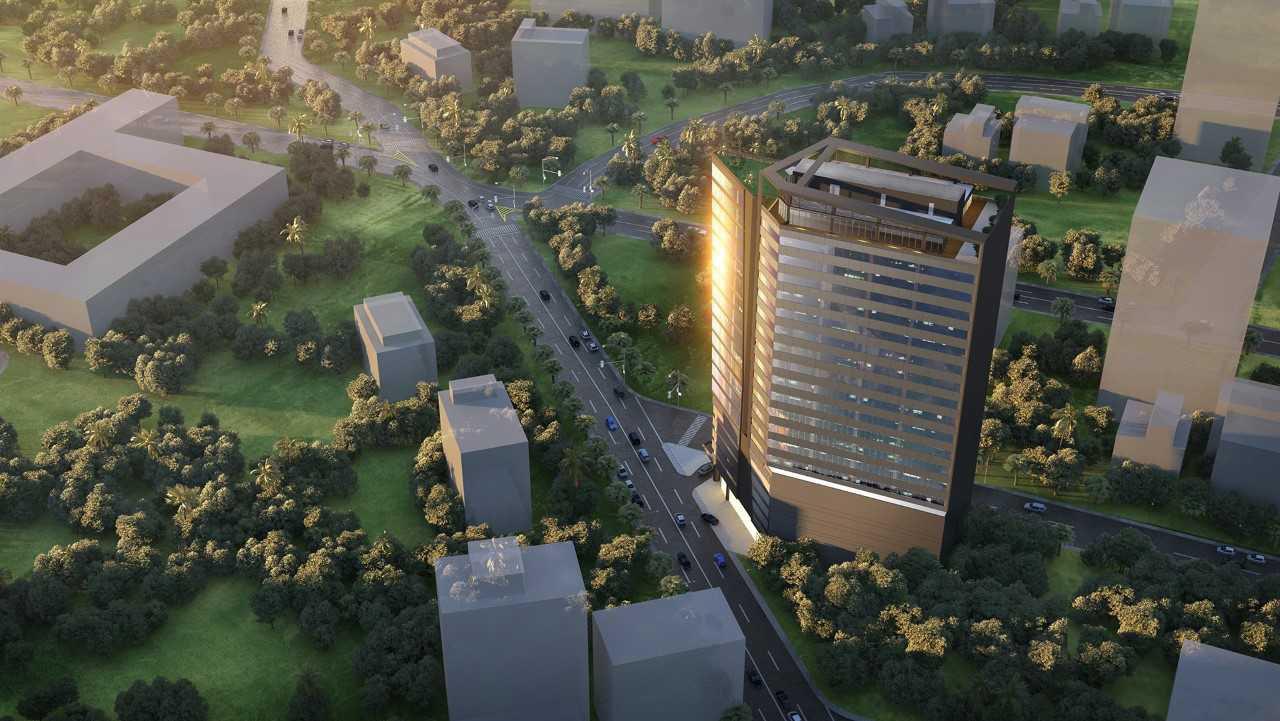Commercial buildings and public spaces play a huge role in the spread of diseases in communities. Offices are even identified as one of the locations where viruses spread quickly in a matter of hours given the amount of time employees spend inside these shared spaces. This fact is also supported by numerous studies that found germs, viruses, and disease-causing bacteria can travel through indoor air and circulation within said spaces.
Similar to other enclosed areas, the circulated air inside offices can carry microbes through the building’s HVAC systems. Dr. Ali Khan, an epidemiologist and professor at the College of Public Health UNMC at the University of Nebraska, emphasizes the importance of indoor air quality, filtration systems and its maintenance.

“The maintenance of HVAC systems and air filtration have an impact on how contaminants flow through the air,” Khan said. “If one person is sick, he or she could spread the germs through coughing and sneezing, touching surfaces, and contacting others closely. Even staying at their private desks, germs can also be spread by the flying droplets which settle on any surface and cause contamination”, she added.
RELATED: Optimizing Buildings for Disease Prevention
As a LEED-certified building, JEG Tower @ One Acacia improves the indoor air quality of the building from start to finish. It is designed and constructed to the highest standards for health and cleanliness, effectively reducing its tenants’ risk of exposure to harmful elements in the environment.
From the construction phase, JEG Tower observes the Construction Indoor Air Quality (IAQ) Management Plan. This measure is implemented by LEED-certified buildings to protect its HVAC system during construction, control pollutant sources, and interrupt pathways for infection. It also guides the sequence of installation of materials to avoid contamination of absorptive materials such as insulation, carpeting, ceiling tile and gypsum wallboard.
READ MORE: How Green Buildings Improve Indoor Air Quality and Provide A Healthier Working Environment
The 22-storey commercial development also utilizes the Minimum Efficiency Reporting Values or MERV filters that can capture particles in the air from 0.3 and 10 microns (µm). Higher value in MERV ratings leads to better filtration, fewer dust particles and other airborne contaminants. JEG Tower utilizes the MERV13 filter which is one of the highest-grade filters in the industry. It promotes a healthy breathing environment, and it will not allow the growth of bacteria, mold, mildew, or fungi. Some MERV filters can even filter pollen, dust, and microscopic droplets in the air to a certain extent.

JEG Tower @ One Acacia also implements the Fresh Air System. Fresh air is added to a heating or cooling system to achieve two indoor air quality goals: pressurize the building and increase in indoor air. According to the Environment Protection Agency (EPA), building occupants with little or no access to fresh air end up being more exposed to pollutants indoors compared to when they go outdoors. HVAC systems tend to circulate and recycle old air rather than drawing new and fresh air from the outside.
It is vital to understand the importance of indoor air quality and how air conditioning systems work in optimizing the safety and protection of the building’s occupants. Committed to providing safer spaces in Cebu, JEG Tower @ One Acacia invests in the latest technology and follows the highest industry standards that set people’s health and wellbeing as top priority.
Aiming to be the best place to work in Cebu City, JEG Tower prioritizes its occupants’ welfare by subscribing to the highest standards in the industry. This Grade A green building has achieved LEED BD+C: Core and Shell precertification at the Silver level, and will continue to earn more LEED points as it finishes construction in 2020.

















